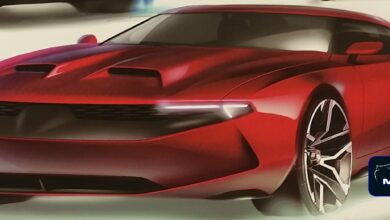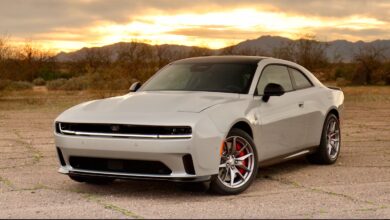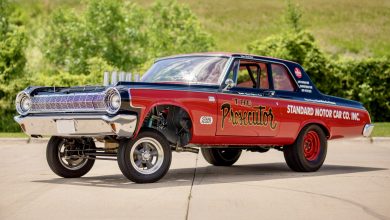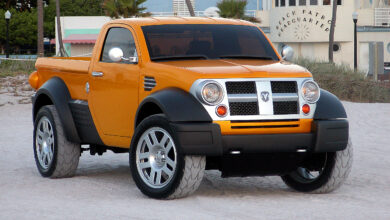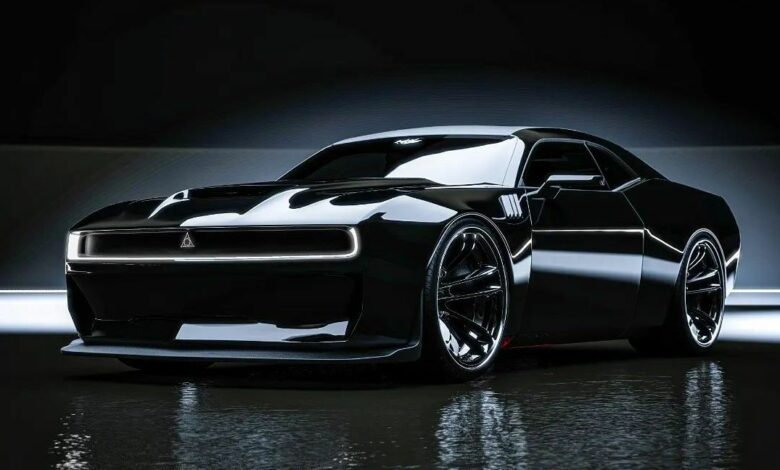
With the introduction of Dodge’s new eMuscle car just over a week away, a source close to MoparInsiders.com has indicated that the next-generation of Dodge Challenger (LB) and Dodge Charger (LF) will be produced at the Windsor Assembly Plant in Windsor, Ontario, Canada.

The information comes just a month after Stellantis North America announced that the Windsor facility would be transformed to support battery-electric vehicle (BEV) for multiple models based on the STLA Large architecture. The plant will have maximum flexibility to adjust production volumes as needed to meet changing market demand over the next decade.
The new muscle cars will be based on the new STLA Large architecture, allowing for both to retain both rear-wheel drive and all-wheel drive capability.
The next-generation Dodge muscle cars are scheduled for production in late-2023, as 2024 models. The move makes sense since we were told that there would be an overlap of the current generation cars for about 5 months as Dodge transitions to the new electrified offerings.
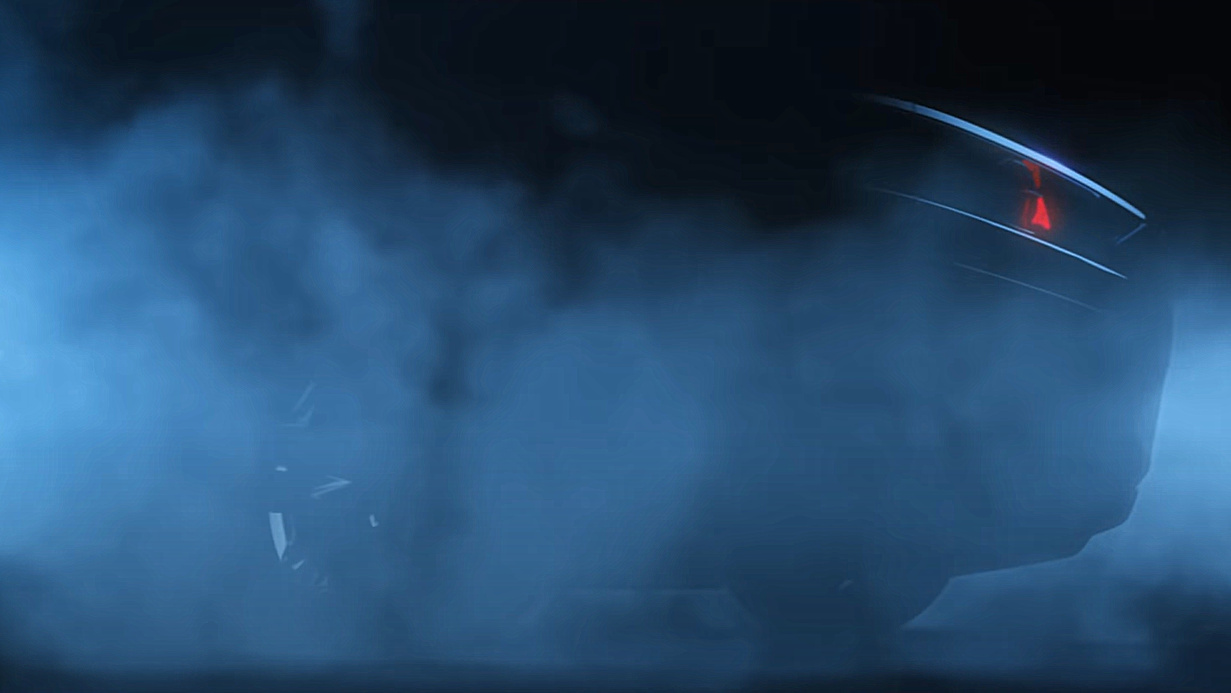
There have also been several rumors going around that the new Challenger and Charger would either be offered as BEV only or still offer a V8 in the lineup. Our source has told us both statements are FALSE!
The next-generation Challenger and Charger will continue to offer gasoline alternative powertrains, however, he stated “none will be V8s”. Instead, expect the new twin-turbocharged 3.0-liter Hurricane inline-six engines to make their way under the hood. With both offering standard-output (S.O.) and high-output (H.O.) variants.
The S.O. version of the Hurricane is optimized for fuel economy and includes the use of cooled Exhaust Gas Circulation (EGR). That engine should produce around 400 horsepower and 450 lb.-ft. of torque (or about 30 more horsepower and 55 lb.-ft. of torque more than the current R/T HEMI models).
The H.O. version delivers even more power thanks to the use of lightweight, oil-jet cooled, forged aluminum pistons with an anodized top ring land and a diamond-like coating (DLC) on the pins to minimize friction. The H.O. model should deliver around 500 horsepower and 475 lb.-ft. of torque (or about 15 more horsepower and the same torque as the current Scat Pack models).

The only downfall of the Hurricane engines is that the S.O. recommends the use of 91 octane premium fuel, while the H.O. requires it.
Our source has also stated there will be multiple variants of the BEV models, including three different power ratings.
Nevertheless, we hope to find out more about these new vehicles next week at the unveiling during the Dodge Speed Weeks event. So stay tuned.
Cover Car done by Adry53Customs

